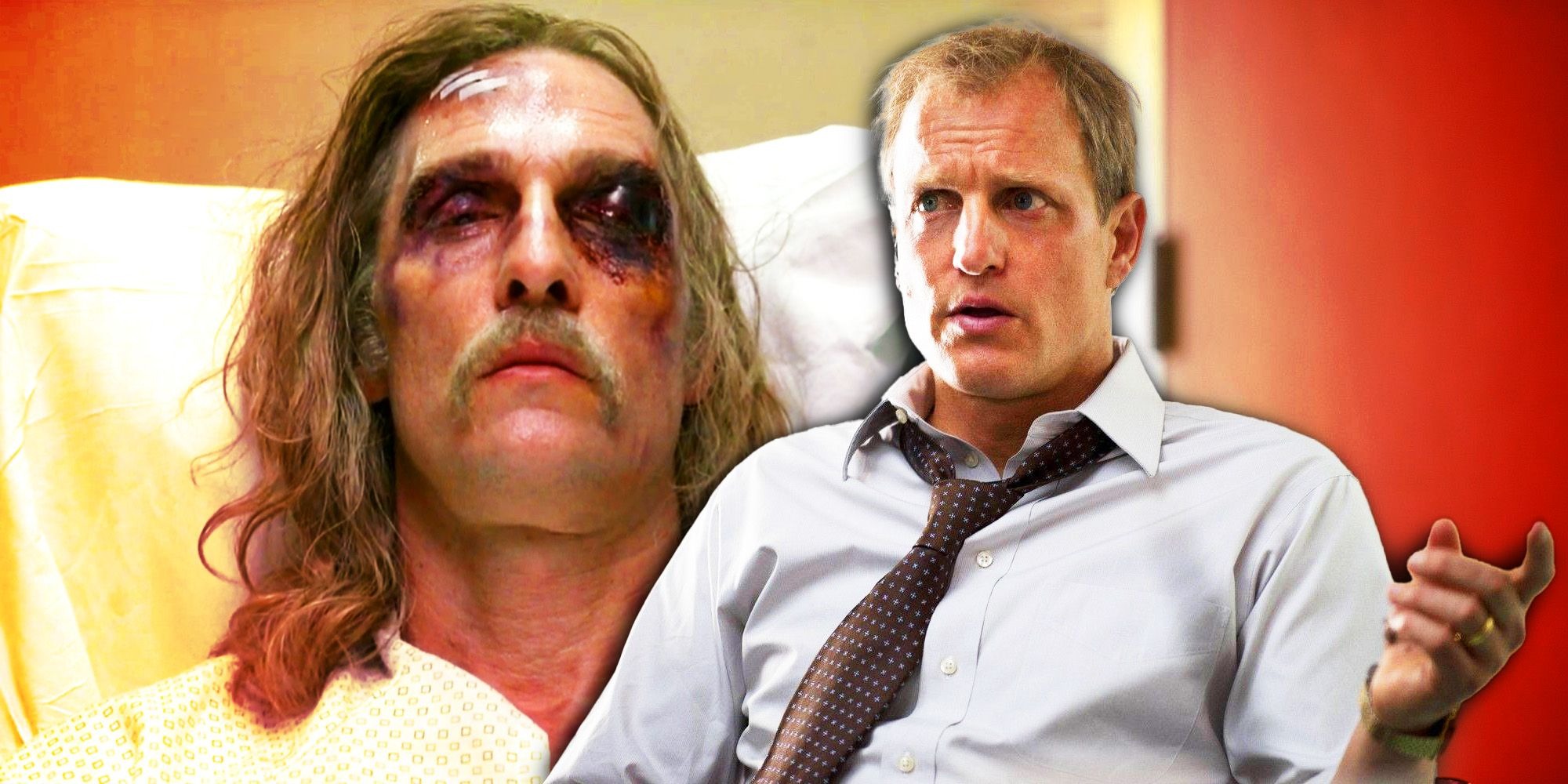Set in the heart of Louisiana, the plot follows the investigation into a series of ritualistic killings that seem to have a deep connection to occult practices. Detectives Rust Cohle, played by Matthew McConaughey, and Marty Hart, portrayed by Woody Harrelson, are tasked with solving the case.
The story plays out through two distinct timelines: the initial investigation in 1995 and the reopening of the case in 2012. This dual structure adds depth to the story, drawing the audience into the complexity of the story.

Behind every mystery lies a deep personal cost
Cohle and Hart may have completely different personalities, but they share a common goal: to bring justice to the victims. Cohle is a solitary, philosophical figure, deeply affected by his past, while Hart is a family man struggling with his flaws.
Their contrasting personalities provide the emotional foundation for the show as they delve into the dark and dangerous criminal world of Louisiana. As the investigation progresses, the detectives uncover a tangled web of lies, corruption, and malicious cults.
They soon realize the murders are tied to a series of child disappearances and abductions, which heightens the urgency of their pursuit.
Throughout the season, viewers are drawn into Cohle’s existential reflections and Hart’s moral struggles, revealing that the case is not just about solving a string of murders, but also a deep exploration of human nature.
How does True Detective Season 1 end?
The tension builds relentlessly as the series nears its end, with both Cohle and Hart emotionally scarred by the case. They eventually close in on the primary suspect, Errol Childress (played by Glenn Fleshler), a product of a disturbed family steeped in violence and trauma.
In a shocking confrontation at Childress’s decaying, isolated home, the situation takes a dangerous turn. Armed with a machete, Childress battles the detectives in a brutal fight. Rust Cohle manages to kill Childress with a single shot to the head.
While no court trial delivers justice, the horrors committed by Childress are finally brought into the open. Afterward, Cohle and Hart reflect on the case and their journeys. Cohle, who had once embraced a nihilistic outlook, undergoes an important transformation.
He experiences a near-death moment where he believes he encounters something divine, leading him to reconsider the possibility of a higher cosmic order. This experience gives him a renewed sense of hope in the middle of the darkness.
The series closes with Cohle and Hart’s partnership coming to a natural end, offering both characters some degree of resolution and redemption. The case is concluded, evil is defeated, and both detectives find a semblance of inner peace.
The final moments of the series, as they drive through the Louisiana countryside gazing at the stars, suggest that even in the deepest darkness, there is still a flicker of beauty and hope. True Detective Season 1 excels in storytelling, blending complex character development, an intense plot, and an eerie atmosphere.
The ending, though mysterious, encapsulates the show’s main themes—the struggle between light and darkness, the search for meaning in an indifferent universe, and the potential for redemption.
While it doesn’t answer all the questions, the series leaves viewers with a sense of emotional release and reflection, solidifying it as a standout in television history that continues to resonate with audiences.



